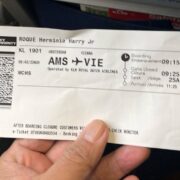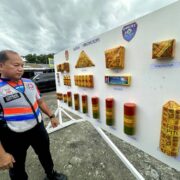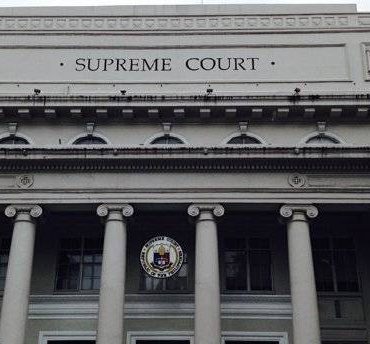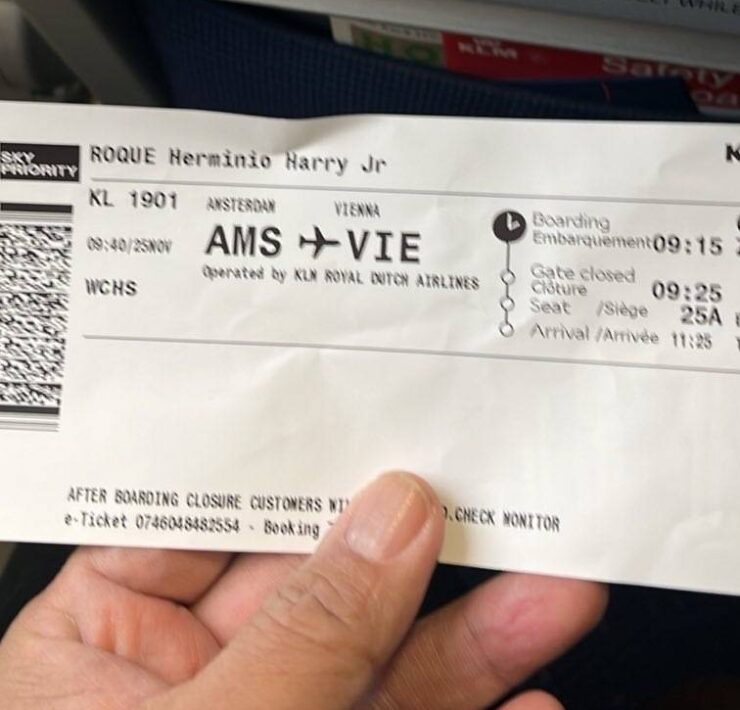Alarm grows as US joins Israel’s war against Iran
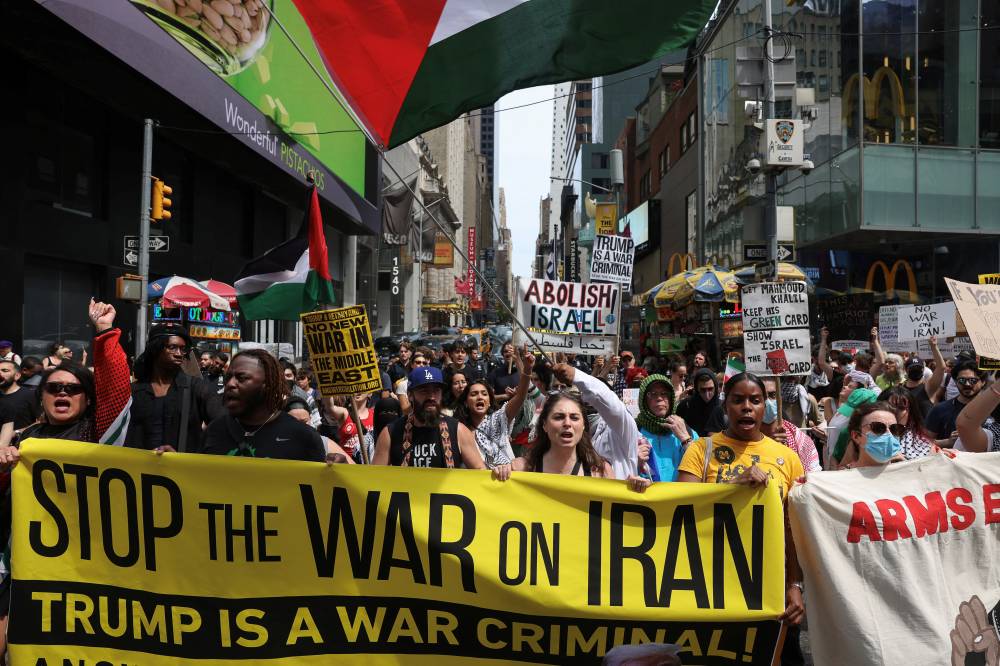
DUBAI, UNITED ARAB EMIRATES—The world grappled on Sunday with the United States inserting itself into Israel’s war by attacking Iranian nuclear sites, an operation that raised urgent questions about what remained of Tehran’s nuclear program and how its weakened military might respond.
Experts warned that worldwide efforts to contain the spread of nuclear weapons by peaceful means would be at stake in the days ahead, while fears of a wider regional conflict loomed large. The price of oil rose as financial markets reacted.
Iran lashed out at the United States for crossing “a very big red line” with its risky gambit to strike the three sites with missiles and 30,000-pound bunker-buster bombs.
‘Legitimate target’
Iran’s UN ambassador, Amir Saeid Iravani, told an emergency meeting of the UN Security Council that the United States “decided to destroy diplomacy,” and that the Iranian military will decide the “timing, nature and scale” of a “proportionate response.” Foreign Minister Abbas Araghchi flew to Moscow to coordinate with close ally Russia.
Tens of thousands of American troops are based in the Middle East. Ali Akbar Velayati, an adviser to Iran’s supreme leader, said any country used by the United States to strike Iran “will be a legitimate target for our armed forces,” the state-run IRNA news agency reported.
At first, the Trump administration indicated it wanted to restart diplomatic talks with Iran. “Let’s meet directly,” Secretary of State Marco Rubio said in an interview with CBS. Defense Secretary Pete Hegseth said the United States “does not seek war.”
But President Donald Trump, who has warned of additional strikes if Tehran retaliates against US forces, later mused about the possibility of “regime change” in Iran.
The US strikes, confirmed by the Atomic Energy Organization of Iran, hit the Fordo and Natanz enrichment facilities, as well as the Isfahan nuclear site. Iran and the UN nuclear watchdog said there were no immediate signs of radioactive contamination around them.
Trump asserted on his Truth Social platform that Iran’s nuclear sites sustained “monumental damage” in the attack, though an American assessment on the strikes is still underway.
“The biggest damage took place far below ground level. Bullseye!!!” he wrote.
Trump previously claimed the United States “completely and fully obliterated” the sites, but the Pentagon reported “sustained, extremely severe damage and destruction.” Israeli army spokesperson Effie Defrin said “the damage is deep,” but an assessment with the United States continued.
“We are very close to achieving our goals” in removing Iran’s nuclear and missile threats, Israeli Prime Minister Benjamin Netanyahu said late Sunday.
US defense officials have said they are working to determine about just how much damage the strikes did. Iran as well has not said how much damage was done in the attack, though Tehran has not offered any details so far on the strikes it has faced from Israel in its war with that country.
The head of the UN’s International Atomic Energy Agency (IAEA), Rafael Mariano Grossi, told the Security Council that no one was in a position to assess the underground damage at Fordo, which is dug deep into a mountain, but visible craters tracked with the US announcements. He said IAEA inspectors should be allowed to look at the sites. The IAEA’s governing board planned an emergency meeting on Monday.
Path for diplomacy
Grossi stressed that a path for diplomacy remained, but if that fails, “violence and destruction could reach unthinkable levels,” and global efforts at nuclear nonproliferation “could crumble.”
Satellite images analyzed on Monday by The Associated Press (AP) appear to show at least one crater at the Natanz site. A hole of around 5 meters (16 feet) could be seen in images taken by Planet Labs PBC and Maxar Technologies on Sunday after the American strikes. That hole sits directly over the underground portion of the site, which includes centrifuge halls.
Iran has offered no assessment of how much damage has been done at the site. Previous Israeli strikes destroyed an above-ground centrifuge hall, as well as all of the power equipment at the site, likely cutting its electrical supply.
With the attack that Washington said was carried out without detection, the United States inserted itself into a war it spent decades trying to avoid. Success could mean ending Iran’s nuclear ambitions and eliminating the last significant state threat to the security of Israel, its close ally. Failure—or overreach—could plunge the United States into another long and unpredictable conflict.
Irreparable damage
For Iran’s supreme leader, it could mark the end of a campaign to transform the Islamic Republic into a greater regional power that holds enriched nuclear material a step away from weapons-grade levels. Ayatollah Ali Khamenei last spoke publicly on Wednesday, warning the United States that strikes targeting the Islamic Republic will “result in irreparable damage for them.”
Iran, battered by Israel’s largest-ever assault on it that began on June 13, has limited options for retaliation, as key allies have mostly stayed out of the conflict. It could attack US forces stationed in the Middle East with the missiles and rockets that Israel hasn’t destroyed. It could attempt to close a key bottleneck for global oil supplies, the Strait of Hormuz, between it and Oman.
Or it could hurry to develop a nuclear weapon with what remains of its program. The Atomic Energy Organization of Iran said its program would not be stopped.
Iran has long maintained that its nuclear program was peaceful, and US intelligence agencies have assessed that Tehran is not actively pursuing a bomb. However, Trump and Israeli leaders have argued that Iran could quickly assemble a nuclear weapon.
Israel has significantly degraded Iran’s air defenses and offensive missile capabilities and damaged its nuclear enrichment facilities. But only the US military has the bunker-buster bombs that officials believe offered the best chance of destroying sites deep underground. A total of 14 of the bombs were used on Natanz and Fordo, according to the Pentagon.
Experts scrambled to answer the urgent question: What has happened to Iran’s stockpile of uranium and centrifuges?
Satellite images taken by Planet Labs PBC after the US strikes, analyzed by The Associated Press, show damage to the facility. Other images from Maxar Technologies suggest Iran packed the entrance tunnels to Fordo with dirt and had trucks at the facility ahead of the strikes.
Several Iranian officials, including Atomic Energy Organization of Iran spokesperson Behrouz Kamalvandi, have claimed Iran removed nuclear material from targeted sites.
Global leaders’ response
Global leaders responded with shock and calls for restraint. Egypt warned of “grave repercussions” for the region. Bahrain, home to the US Navy’s Middle East-based 5th Fleet, called on Iran and the United States to “quickly resume talks.”
The Department of State advised US citizens worldwide to “exercise increased caution.”
The decision to attack was a risky one for Trump, who won the White House partly on the promise of keeping America out of costly foreign conflicts.
But Trump also vowed that he would not allow Iran to obtain a nuclear weapon. He initially hoped that the threat of force would bring the country’s leaders to give up its nuclear program.
For Netanyahu, the strikes were the culmination of a decadeslong campaign to get the United States to strike Israel’s chief regional rival and its disputed nuclear program. Netanyahu praised Trump, saying his decision “will change history.”
Israel is widely believed to be the only Middle Eastern country with nuclear weapons, which it has never acknowledged.







